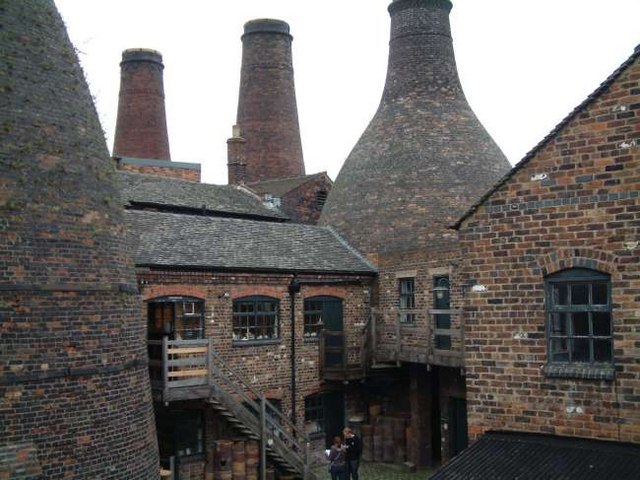Ceramics are still widely associated with the elegant yet brittle shapes of traditional manufacturing, despite the astronomic strides that materials scientists and engineers have made over the last two and a half centuries. This is primarily due to the schism between commercial and technical ceramic materials. Retail ceramics retain a flair for aesthetics over functionality, which has roots in Romantic-era pottery and ancient porcelain. These products retain that traditional sense of style and continue to dominate the general public’s perception of what ceramics are capable of.
This is a niche application compared to the ubiquitous use of ceramics in engineering and hard-wearing and temperature resistant components for an array of demanding applications. There is an enduring sense of duality surrounding ceramics, which has been championed in the UK for over 250 years.

Linear Pottery Culture and Early Modern Ceramics
The term “linear pottery culture” refers to the period in which numerous Neolithic peoples across Europe discovered ceramic manufacturing independently of one another. By and large, these processes were extremely rudimentary, but they displayed some of the earliest indications of mankind’s proclivity towards invention and construction. However, no major sites from the linear pottery culture’s archaeological horizon have been found in the UK – despite the wealth of suitable raw materials found across the British Isles.
Ceramics of myriad forms were brought to the UK over the subsequent centuries. The Roman conquest brought an influx of red-gloss wares, while Saxon conquerors used British minerals to hand-form earthenware pots. These disparate styles and methods began to intersect during the medieval and renaissance eras when engineers began using local materials to replicate ancient designs.
In the early modern era, Britons and Europeans started trading with nations in the Far East, which exposed the utilitarian nature of contemporary pottery. Fine china abruptly became a high-value commodity that far outstripped the quality of European alternatives. Nations across the continent struggled to uncover the secrets to manufacturing porcelain for decades to come.
Numerous methods were determined for producing a European derivative of porcelain, including the development of bone china using feldspathic material, bone ash, and kaolin clay. This unique solution was developed in East London and unveiled in 1748. Commonly known as English porcelain, bone china became a desirable commodity in its own right. It was exclusively manufactured in Britain for over 200 years, and the production of bone china worldwide still exceeds tens of thousands of tonnes per annum.
Technical Ceramics in Modern Day
The UK has a storied history of innovating the manufacturing of ceramics while improving their aesthetic and functional properties. International Syalons is proud to have contributed to this tradition with groundbreaking research into the fabrication and optimization of novel ceramic material. This culminated in the emergence of pressureless sintering of silicon nitride (Si3N4) with aluminium oxide to produce sialon, a cost-effective solution to technical ceramics manufacturing. We were the first company to patent and market sialon ceramics, and have continued to advance our product range with new innovations since the late 1970s.
Our research has directly resolved numerous issues in sialon manufacturing and presented new materials solutions for engineers in demanding industrial spaces. We can now engineer composite ceramic materials with a range of thermo-mechanical and electrical properties for high-tech applications, as well as significant research into additive manufacturing of silicon nitride.
Ceramics have progressed significantly over the past 50 years and are continuing to evolve in the UK, as numerous independent bodies and research agencies look to achieve new and improved performance levels from novel and established ceramic materials. If you would like any more information, please do not hesitate to contact us.



